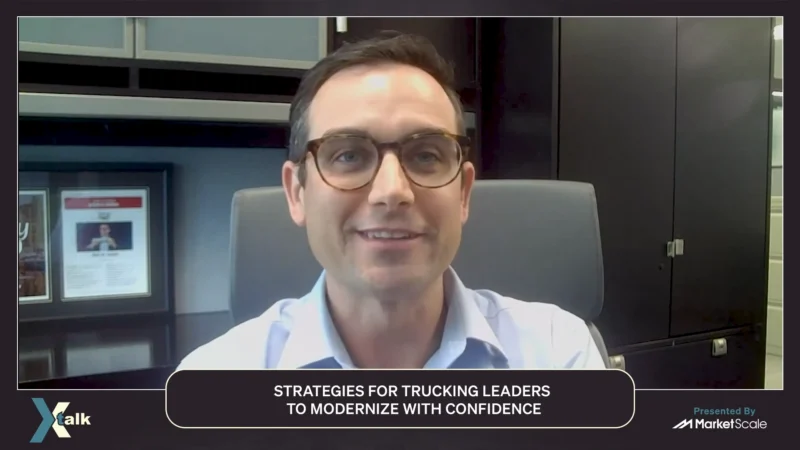Keep on Truckin’: The Future of the Trucking Industry
Worker shortages, geopolitical forces and the lingering impacts to the supply chain due to a global pandemic; that’s a lot of challenges for any industry to bear, but one could easily argue its impact on the trucking and logistics industry is by far the most prominent.
The situation today will make for lasting changes in trucking. So, what are those factors trucking companies must navigate into the future as they prepare for more pressures around environmental impact, operational efficiency and safety?
Matt Schrap, CEO of Harbor Trucking Association, joined host Daniel Litwin to tackle these topics and more.
The Harbor Trucking Association is an advocacy and education organization for the trucking industry, focusing on promoting strategies for emission reductions, internodal truck efficiencies and retaining American jobs across the west coast.
But perhaps most important is the agency’s mission to educate the consumer on the importance trucking plays on their everyday lives, something Schrap said Americans got a crash course in during the pandemic.
“Delivery of goods in a timely manner has really shined a light on how important the industry is,” Schrap said. “And as we move forward, there are so many discussions around technological solutions, air quality improvements through technology, driver shortage challenges that we’re all experiencing right now, and how technology might be able to assist with that.”
Even without a pandemic impacting workers and causing shortages, the trucking industry already faced challenges finding qualified drivers, which Schrap said is an ongoing issue and concern.
“The average age of a trucker today is around 57 years old, so we see folks eventually looking at retirement, and there is no one standing behind them to fill that gap,” Schrap said. “Money and compensation are a major factor, but also there are some of those ‘quality of life’ things that folks need to think about.”
Factors such as time at home, proximity to home, particular routes and equipment that a driver is operating all play a role in securing and retaining qualified drivers.
Follow us on social media for the latest updates in B2B!
Twitter – @MarketScale
Facebook – facebook.com/marketscale
LinkedIn – linkedin.com/company/marketscale




